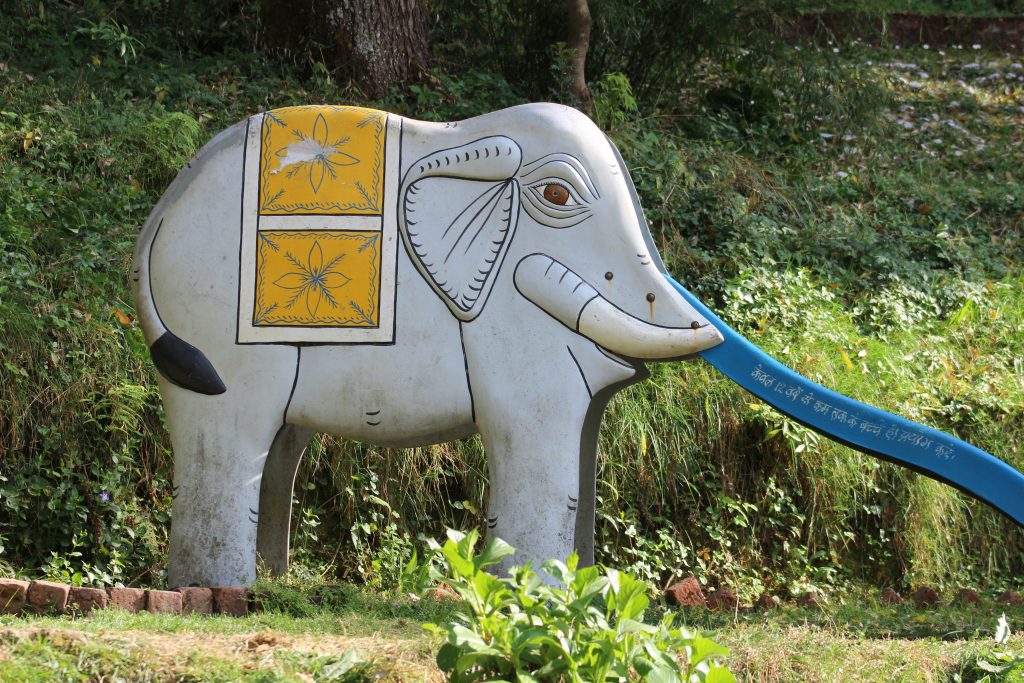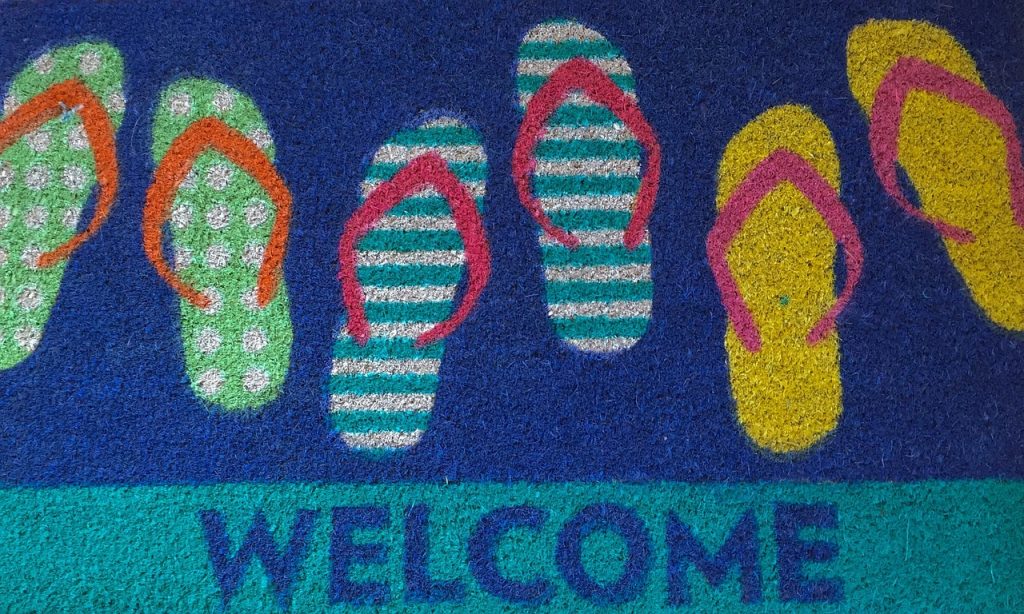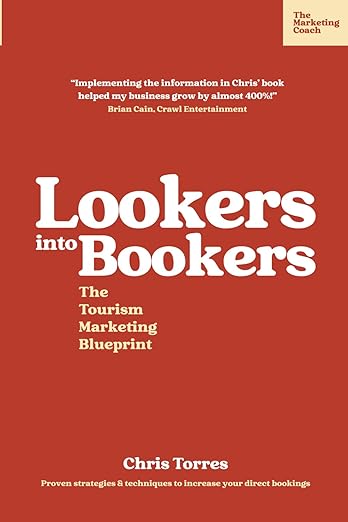AI vs your voice: why AI can’t be trusted with your travel copy
The big, white robot in the room Ever get that feeling when someone sends you something and you’re 100% sure it’s been written (badly) by AI? It’s become this weird 21st-century etiquette thing. Should you mention it? How rude is it to say ‘Um, did AI write this?’ when maybe they actually do speak like that? There’s a kind of big white robot in the room vibe to the whole thing. Recently, a guy came along to one of my training sessions. He was enthused about the tours he was operating, really engaged, loads of good ideas. His first language wasn’t English, but that didn’t stop him contributing to the discussions. In short, he sparkled. A few days later, he sent me a draft of some copy he’d written. Something he wanted to send to customers. And it was clearly AI-generated. He’d clearly loved being in the sessions, soaked it all up, but then I think he’d gone home and had a wee wobble. You know the one. That voice in your head that says ‘but what if I get it wrong?’ Why travel owners use AI for copywriting Look, I get it. There are all sorts of reasons why you might be using AI to generate your copy: Time. We’re all pushed for time. And you, you’ve got properties to maintain, guests to look after, tours to run. Sitting down to write feels like a luxury you can’t afford. Confidence. This is a biggie. Maybe you’re worried your writing isn’t good enough. Maybe English isn’t your first language and you’re anxious about making mistakes. Not wanting to stand out. Ironically, even though standing out is exactly what you need to do, there’s something safe about sounding like everyone else. Exhaustion. Sometimes you’re just tired and you want something (anything!) up on your website. Posting something is better than posting nothing. Isn’t it? All perfectly valid reasons. The problem: AI flattens your voice When I heard that you could train AI to sound like you I was intrigued. I’m as keen to save time as the next person, so I gave it a good go: feeding copy into the chat, tweaking, sending it back etc. Here’s what I learned: when it comes to voice, AI is dangerous. AI flattens your voice. If you’re not careful, it’ll take your interesting quirks, your rhythm, your personality, and smooth them into something instantly forgettable. Making you sound just like everybody else. And ‘everybody else’ is now a LOT of people, because they’re all using AI to pump out their content too. Which is exactly what you’re trying to avoid. Can you train AI to write in your voice? I’ve tried it extensively. I’ve fed it my writing samples. I’ve given it detailed instructions. I’ve experimented with different prompts and approaches. It doesn’t work. Even when you give AI everything it supposedly needs, you still end up with something that sounds… AI-ish. You still have to edit out: Corporate buzzwords you’d never use (‘leverage,’ ‘optimise,’ ‘seamless experience’) Weird vague phrases that mean nothing (‘elevate your journey,’ ‘curated moments’) Repetitive sentence structures (everything starts the same way) Loss of your natural rhythm (AI doesn’t understand pacing the way you do) Removal of your specific, personal details (AI generalises everything) By the time you’ve edited an AI draft to sound like you, you might as well have written it yourself. An example based on recent client work Here’s the kind of things I see with clients all the time (I’ve changed the details so you can’t identify them). AI-generated version: ‘Welcome to our premier tour experience company, where we pride ourselves on delivering exceptional journeys through Scotland’s most iconic landscapes. With over two decades of industry expertise, our dedicated team of professionals ensures every guest receives unparalleled service and creates unforgettable memories. We specialise in bespoke experiences tailored to your unique preferences, combining authentic cultural immersion with world-class hospitality.’ Their actual voice (how they sound in conversation): ‘My dad started doing these tours in 1998 because he was sick of watching visitors miss the good bits. Now it’s me running the show, and I’m still obsessed with it. Fair warning: I talk a lot, I know everyone, and yes, I will absolutely drag you to my favourite chip shop whether you like it or not.’ See the difference? The AI version could be anyone, anywhere. The real version is a human you can imagine yourself spending a day with. How to use AI for copywriting Of course, I’m not going to tell you never to use AI. That’s unrealistic ( I’d also be a hypocrite because I use it myself for certain things). But if you’re going to use it, here’s the approach that actually works: Step 1: Write your draft first Get your ideas down in your own words. Even if it’s messy. Even if the grammar’s all over the place. Even if you’re not sure it’s any good. This is YOUR voice on the page. This is the raw material you’re working with. Step 2: Strategically use AI If you want to use AI at this point, use it for: Grammar checking Restructuring for clarity Suggesting alternatives for words you’ve overused Give it explicit instructions: ‘Preserve my voice. Keep my casual tone. Keep my unique phrases. Do NOT make this sound corporate.’ Step 3: edit carefully This is the crucial bit. You MUST edit what AI gives you back. Read it aloud. If it doesn’t sound like you, put your personality back in. Delete the AI-isms. Add back your quirks. Your voice is your competitive advantage. Don’t hand it over to a robot. AI red flags: how to spot bot content When you’re reading through AI-generated (or AI-edited) copy, watch for these telltale signs: Overused corporate phrases: ‘Elevate your experience’ ‘Seamless journey’ ‘Unparalleled service’ ‘Curated selection’ ‘Premier destination’ Vague, meaningless language: ‘Create unforgettable memories’ ‘Discover hidden gems’ ‘Embark on a journey’ ‘Experience authentic moments’ Repetitive sentence structure: Every sentence










